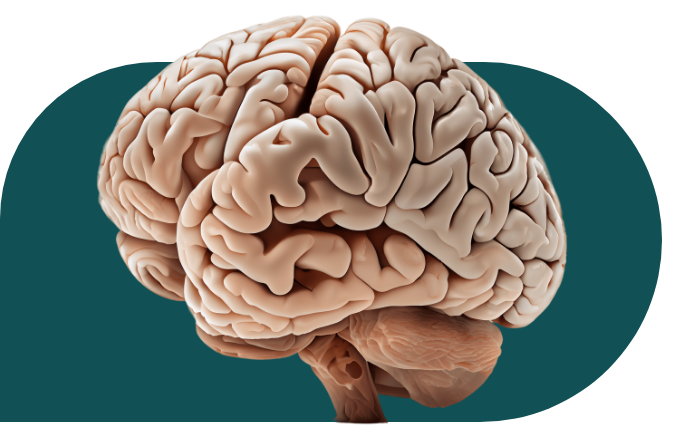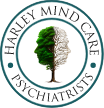
HARLEY MIND CARE PSYCHIATRISTS
PTSD and BPD
Post-Traumatic Stress Disorder (PTSD) results from exposure to trauma, featuring symptoms like flashbacks and severe anxiety. Borderline Personality Disorder (BPD) involves unstable moods, relationships, and self-image, often marked by impulsive behavior and fear of abandonment. Treatment for both may include therapy and, in some cases, medication for symptom management and improved well-being.
Contents
Diagnosis
Symptoms
Diagnosis Criteria
Assessment
Similar Conditions
Treatments
Resources
Diagnosis
Understanding PTSD and C-PTSD begins with recognising a history of trauma, whereas BPD might emerge even without any clear traumatic events. The key to distinguishing between these conditions lies in the nature and origin of their symptoms, paving the way for effective management and support.
Symptoms
The journey through PTSD and C-PTSD is marked by intense fear reactions, a deep desire to avoid reminders of trauma, and a constant state of alertness. C-PTSD extends into the realms of emotional turmoil, a fragmented sense of self, and challenging interpersonal dynamics. BPD introduces a further complexity with its pattern of intense relationship fluctuations, identity confusion, impulsive actions, and moments of deep emotional pain or disconnection from reality. Understanding these symptoms is crucial in seeking the right help and beginning the path to recovery.
Diagnosis Criteria
The diagnosis of PTSD and C-PTSD hinges on specific symptoms that arise after traumatic experiences, while BPD is identified through patterns of emotional instability, troubled identity perceptions, and interpersonal difficulties. A detailed assessment, including discussions about one’s mental and emotional state and potentially using questionnaires, lays the foundation for identifying these disorders, ensuring a roadmap for treatment that resonates with each individual’s experiences.
Assessment
A thorough evaluation, blending clinical conversations with an examination of mental state and standardised screenings, unveils the depth of PTSD, C-PTSD, and BPD. This exploration into personal history and the impact of past trauma is vital in uncovering the root causes and manifestations of these disorders, guiding the way to tailored interventions.
Similar Conditions
While PTSD, C-PTSD, and BPD are distinct entities, they share symptoms with other mental health challenges such as anxiety, depression, and addiction. This overlap necessitates a careful diagnostic process to ensure accurate identification and treatment, highlighting the importance of a nuanced approach to mental health care.
Treatments
Treating PTSD and C-PTSD involves therapeutic focus on traumatic memories, aiming to soften their impact, whereas BPD treatment targets emotional regulation, harmful behaviours, and fostering a stable sense of identity. Medication and various psychotherapies, often in combination, offer hope and healing. The cornerstone of effective treatment is its customisation to each person’s unique story and needs, promising a more resonant path to well-being.
Resources
Experiencing symptoms of PTSD, C-PTSD, or BPD calls for reaching out to professional resources. From therapy and support groups to medication, help is available. Organisations like the National Institute for Health and Care Excellence (NICE) in the UK offer valuable guidance on managing these disorders. If you or a loved one is navigating the complexities of PTSD, C-PTSD, or BPD, don’t hesitate to contact us for support and advice. Together, we can embark on a journey towards understanding, healing, and resilience.
